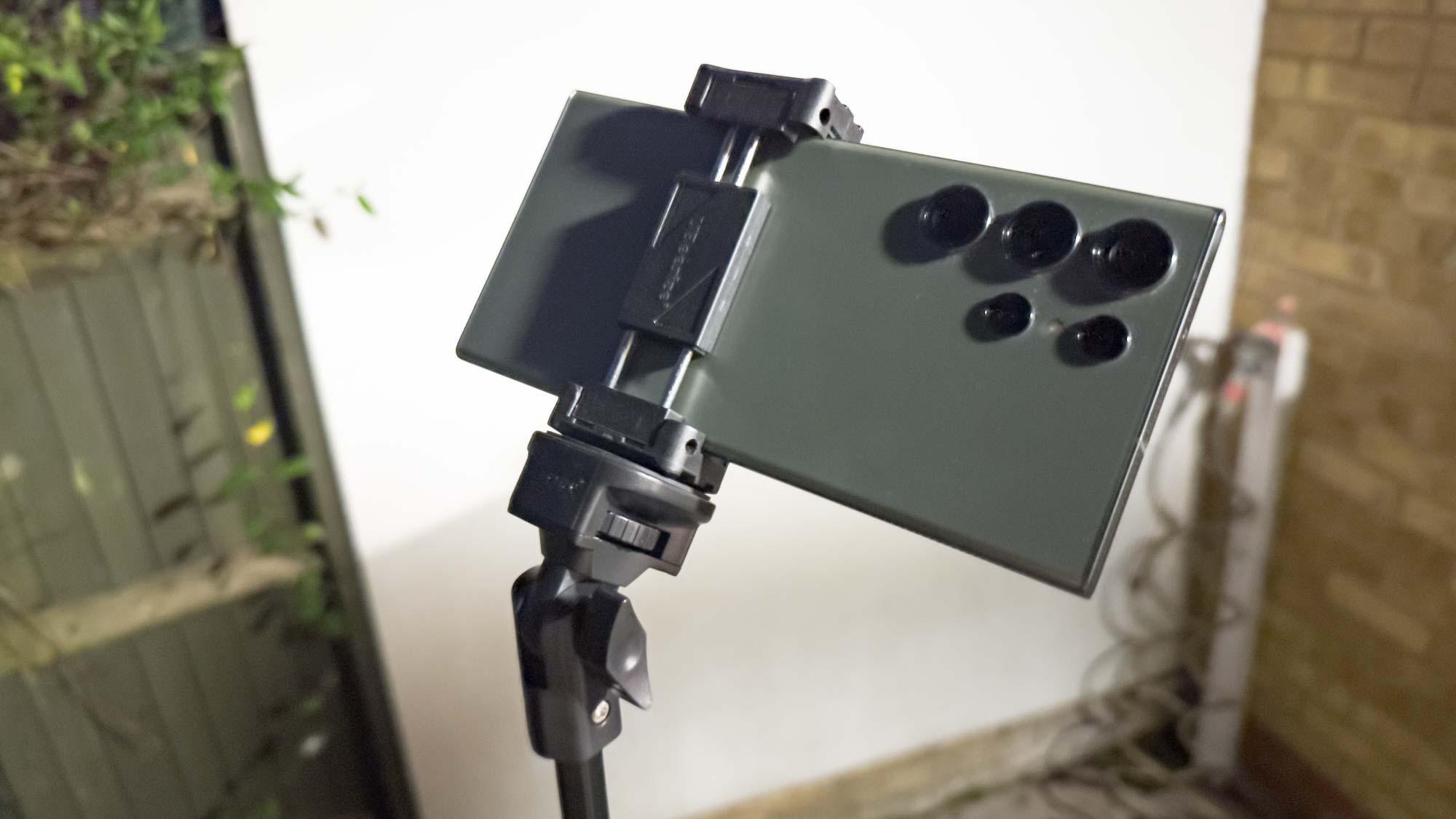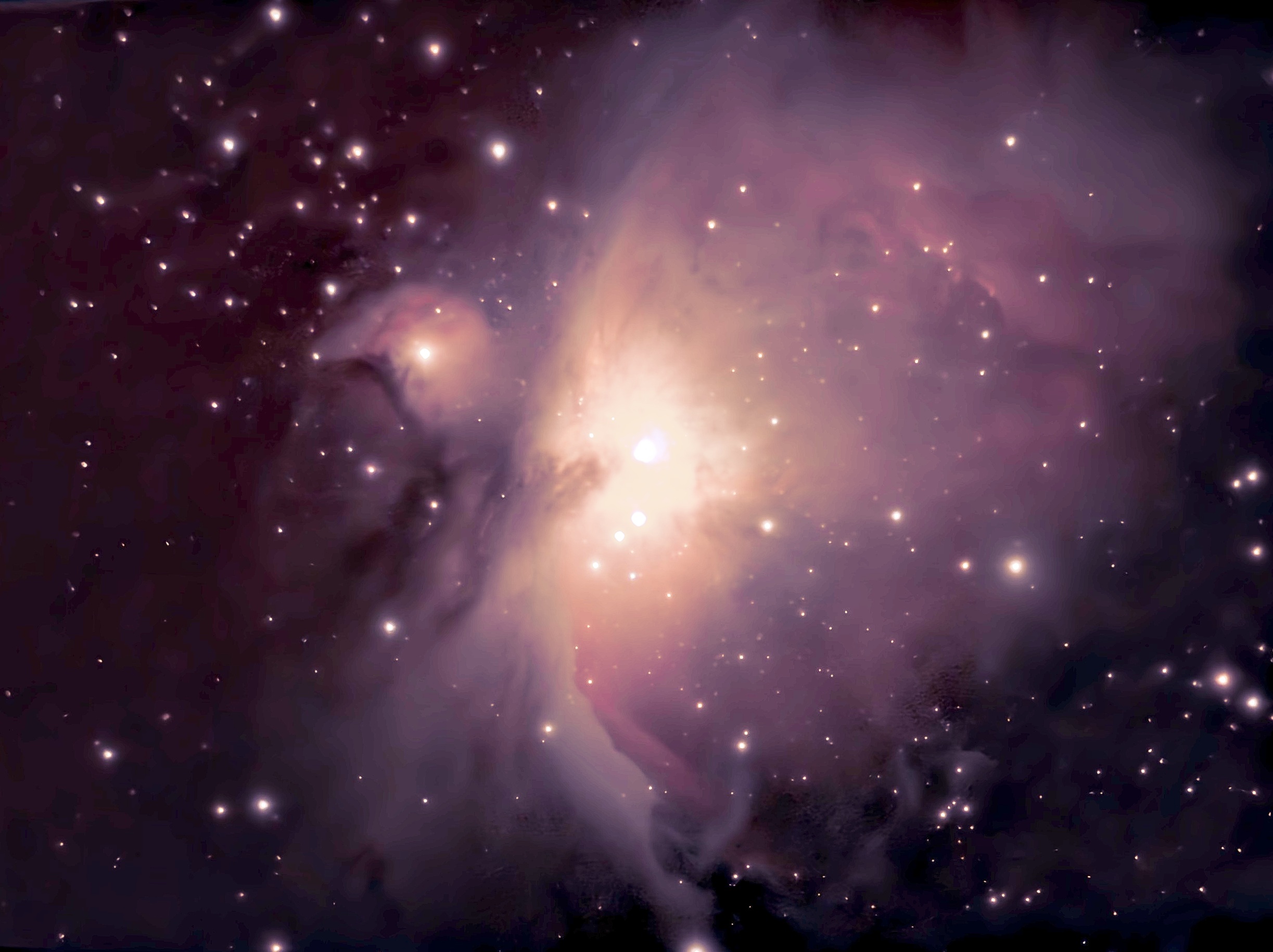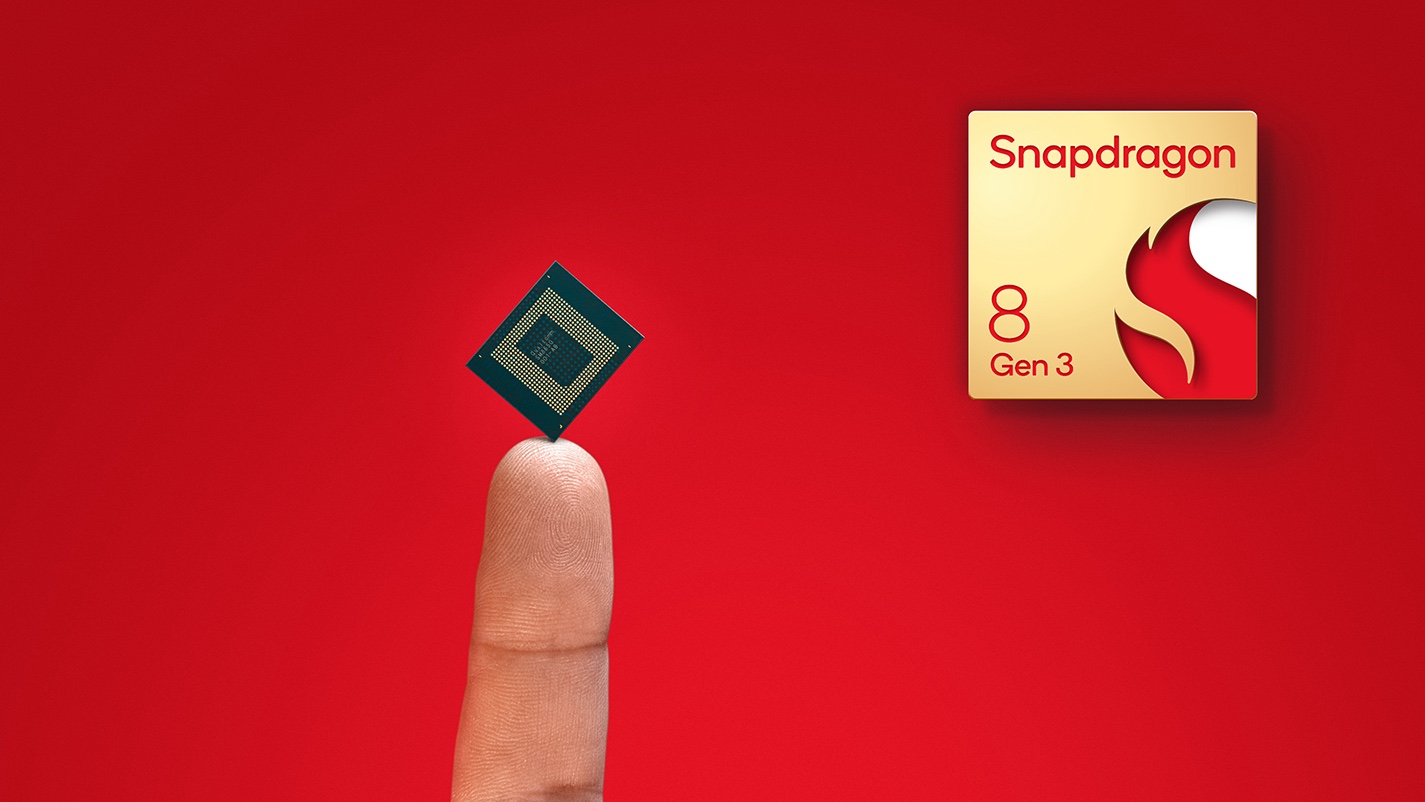
Whether you think it’s novel or downright unbelievable, one of the often hyped features of the Galaxy S23 Ultra is its ability to capture detailed moon shots. I’m talking about stuff like craters and other details that the average smartphone camera can’t get. But with a successor phone looming in the shadows, I expect Samsung is about to take the next logical leap.
I took up a new hobby several months ago — astrophotography — and I cannot tell you how rewarding it’s been. On nearly every clear night since then, I’ve been taking one of my smart telescopes to see galaxies and nebulas that my eyes cannot see on their own. With the Galaxy S24 Ultra, Samsung's new phone could finally be able to -capture nebulas and galaxies, which would be a first for a smartphone.
Improvements in image processing and upgraded hardware already allow the best phones to capture stunning astrophotography images — and I know because I pitted some of the best flagships in an astrophotography face-off not long ago. However, those phones were only capable of capturing the faint stars in the night sky and not the galaxies I’m able to catch with my smart telescopes.
Here’s how the Samsung Galaxy S24 Ultra could go that extra distance.
Telephoto range to get closer

The first component to capturing those far off deep space objects is to get as close to them as possible. So far, Galaxy S24 Ultra camera rumors hint at a “quad telephoto” setup, with zoom ranges of 2x, 3x, 5x and 10x. The latter’s the most important because it’ll allow for the best image quality, even when a digital zoom is applied.
The same leaked specs sheet also indicates a 100x Space Zoom function with the Galaxy S24 Ultra, which would be the zoom range needed to make out the fine details of galaxies and nebulas. However, the biggest unknown right now is whether or not the second telephoto camera will remain as a 10x optical zoom lens — or “downgraded” to a 5x optical zoom one instead.
I certainly hope that’s not the case, especially given how Samsung takes pride in having the best components in its devices. Even if it does turn out to be a “downgraded” 5x telephoto camera, there’s still a way for Samsung to achieve the same level of performance as a true 10x optical camera.
Stacking function powered by artificial intelligence

Samsung is likely going to lean on artificial intelligence to fill in the gaps. The company has been teasing the possibilities of Galaxy AI for some time now, so I suspect that AI could be leveraged with astrophotography to uncover those galaxies and nebulas.
A common imaging technique with astrophotography is called stacking, where multiple photos are layered on top of each other. If you’ve ever taken photos in low light, you probably know that your phone generally goes into a night mode of sorts — where the camera takes a longer exposure of the shot. This usually means a brighter image, but it requires the camera to stay as still as possible.
In order for the Galaxy S24 Ultra to capture galaxies and nebulas — especially the finer details like the gasses swirling around — the phone would need to be mounted to a tripod or something. As it continues to capture multiple photos of whatever DSO (deep space object) you’re capturing, AI would need to stack the images accordingly, while also going through each photo to eliminate noise and other oddities that could occur during the long exposure (like streaking planes that get into the shot).
I captured the above image of The Great Orion Nebula with the Unistellar eQuinox 2 smart telescope; it took more than an hour to complete, followed by a handful of minutes for me to quickly edit the raw image. That's a lot of time to get one photo, right? Samsung could very well cut down that time with the Galaxy S24 Ultra.
A powerful chip built for astrophotography

Doing all of this requires some heavy processing power, but the Snapdragon 8 Gen 3 expected to power the S24 Ultra could be equipped to handle all of it. The chipset was built with AI in mind, so there’s a good chance that it could do an intelligent job at stacking and cleaning up images.
There’s a lot of moving pieces in astrophotography. The smart telescopes I’ve been using for astrophotography often require time after finishing up a shooting sequence (which could often take hours) to complete a proper stacking. As I’ve noted already, each and every image captured would require processing to get the best results.
All of this could paint a convincing argument for the Galaxy S24 Ultra to retain the crown in our best camera phones list. I really suspect that artificial intelligence would be the key ingredient that would finally allow this Galaxy phone to capture galaxies.
Beyond astrophotography, Samsung seems to be investing heavily around artificial intelligence to power many of the new experiences with the Galaxy S24 series. Take, for instance, its Samsung Gauss AI image generating model, which could be an on-device feature that would generate images based on your input. It could also be incorporated into how the phones handle astrophotography as a whole to better edit and clean up images.
Luckily, we won't have to wait long now that Samsung Galaxy Unpacked 2024 has an official date of January 17. As much as I'm excited for Samsung's top-of-the-line flagship, we'll presumably also be introduced to the other models in the lineup — the Galaxy S24 and S24 Plus. So we'll soon find out what those phones can do, too.







